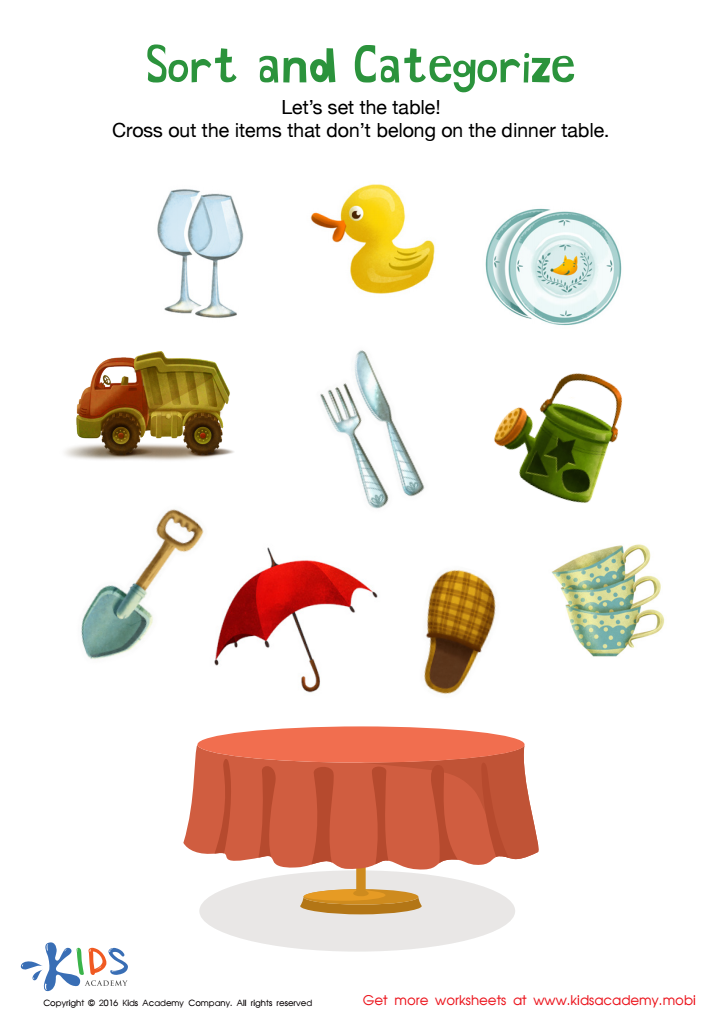Color Identification Math Worksheets for Ages 4-5
17 filtered results
-
From - To
Discover our engaging Color Identification Math Worksheets designed specifically for children aged 4 to 5! These hands-on resources help young learners explore the vibrant world of colors while developing essential math skills. Each worksheet is thoughtfully crafted to facilitate learning through fun activities that enhance color recognition and foundational math concepts. Perfect for parents and educators, our worksheets promote interactive learning experiences that foster creativity and critical thinking. Watch as your little ones build confidence in their math abilities while enjoying exciting, colorful challenges. Visit us to download these valuable worksheets and support your child's educational journey in a playful way!
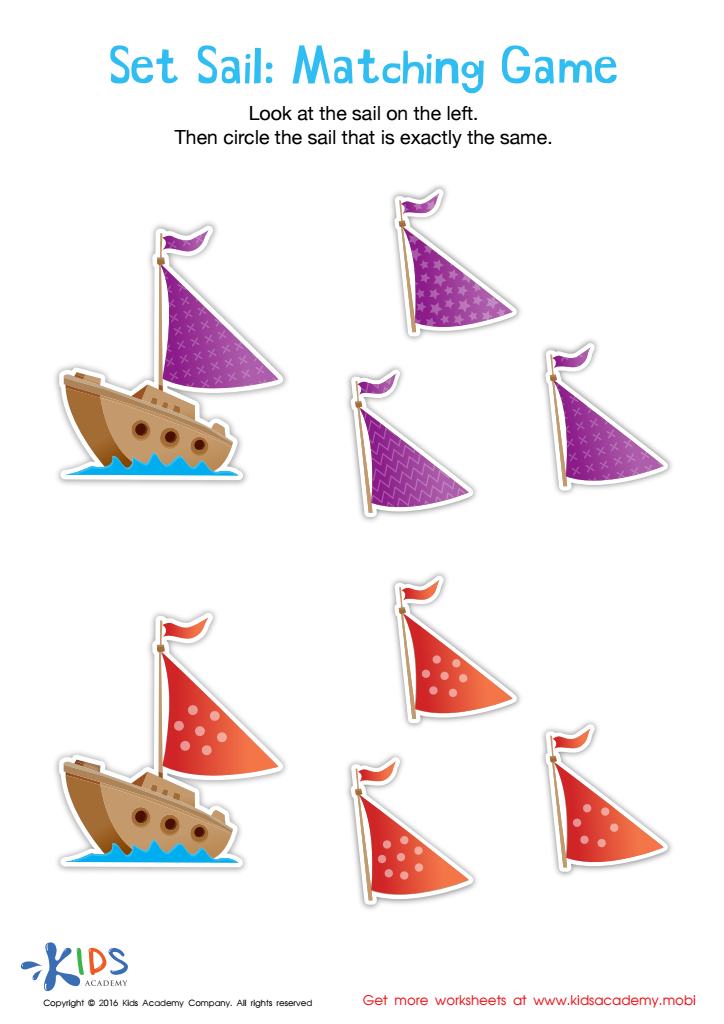

Set Sail Worksheet
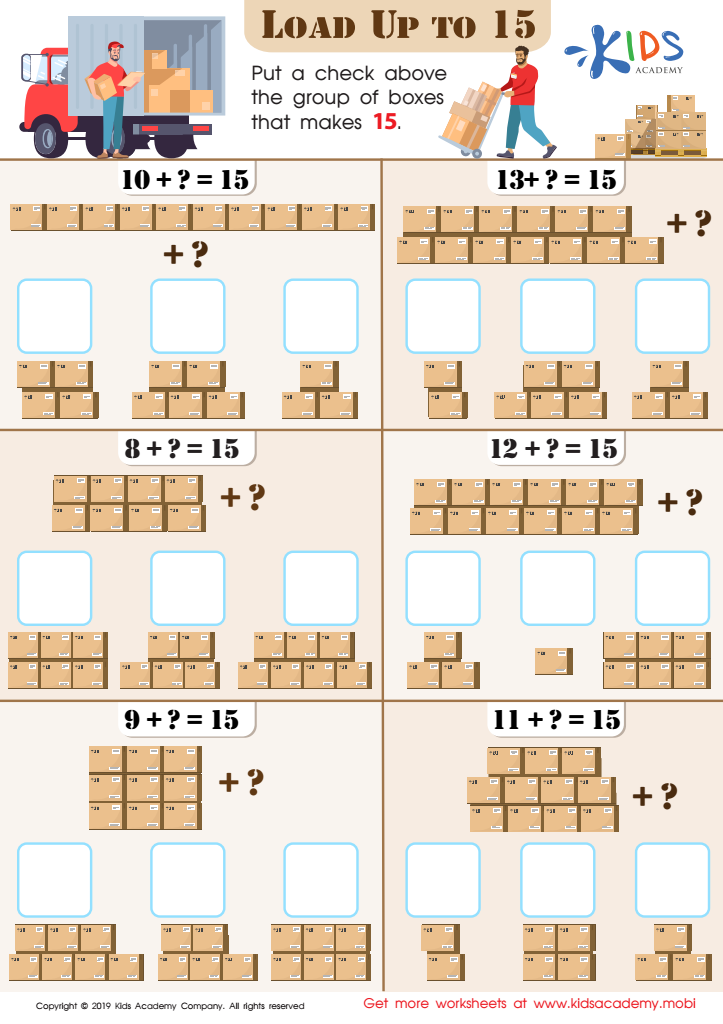

Load up to 15 Worksheet
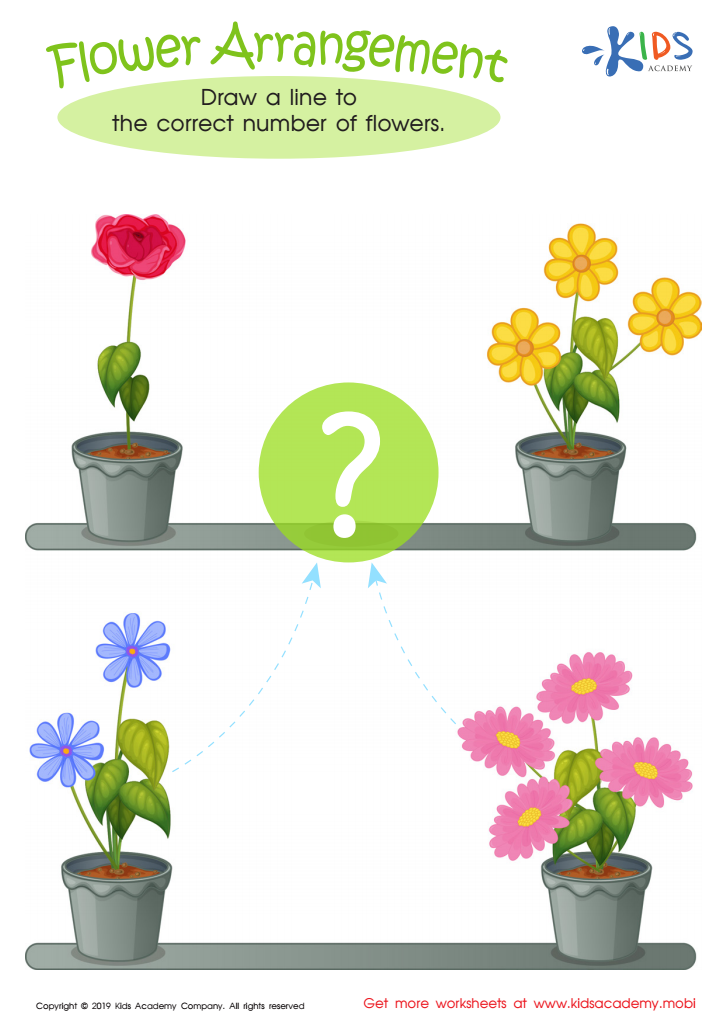

Flower Arrangement Worksheet
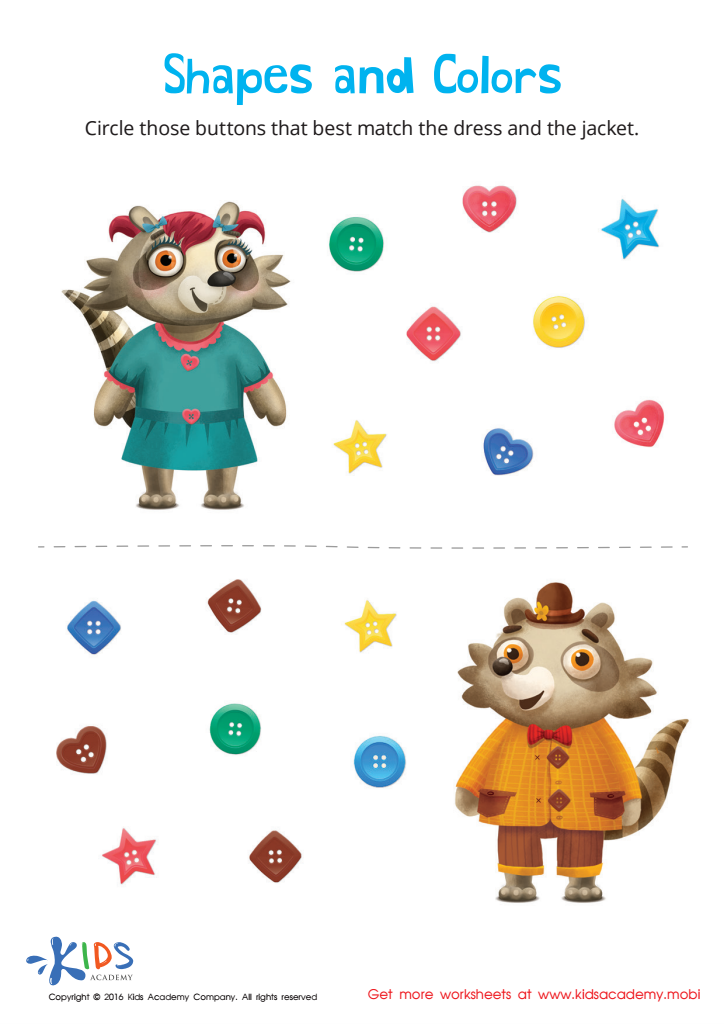

Matching: Shapes and Colors Worksheet
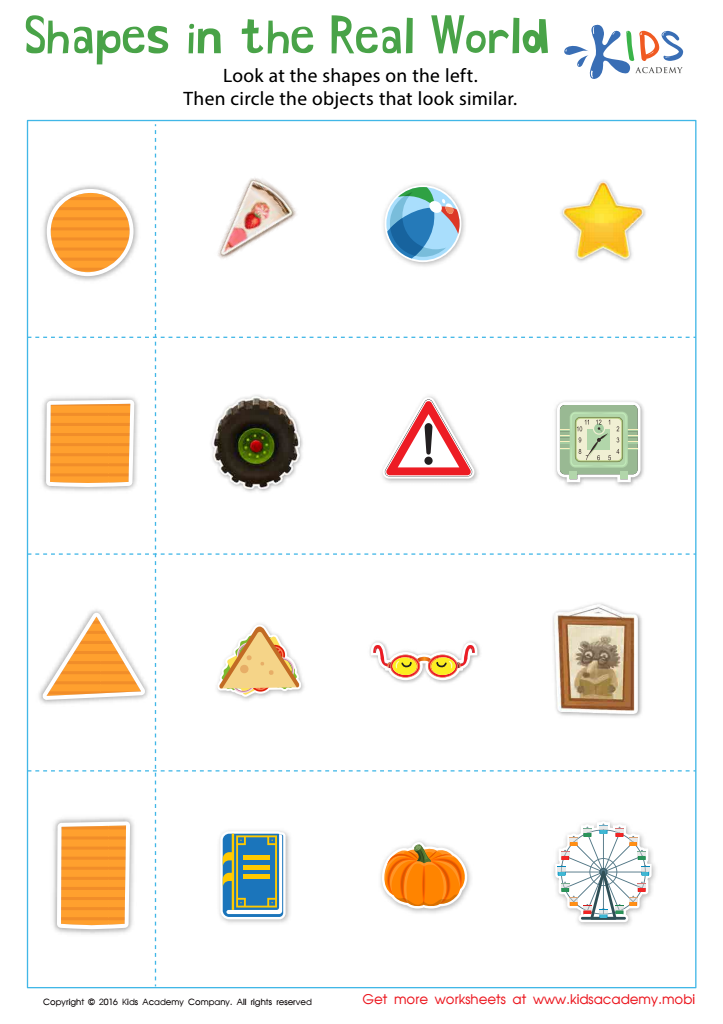

Shapes in the Real World Worksheet
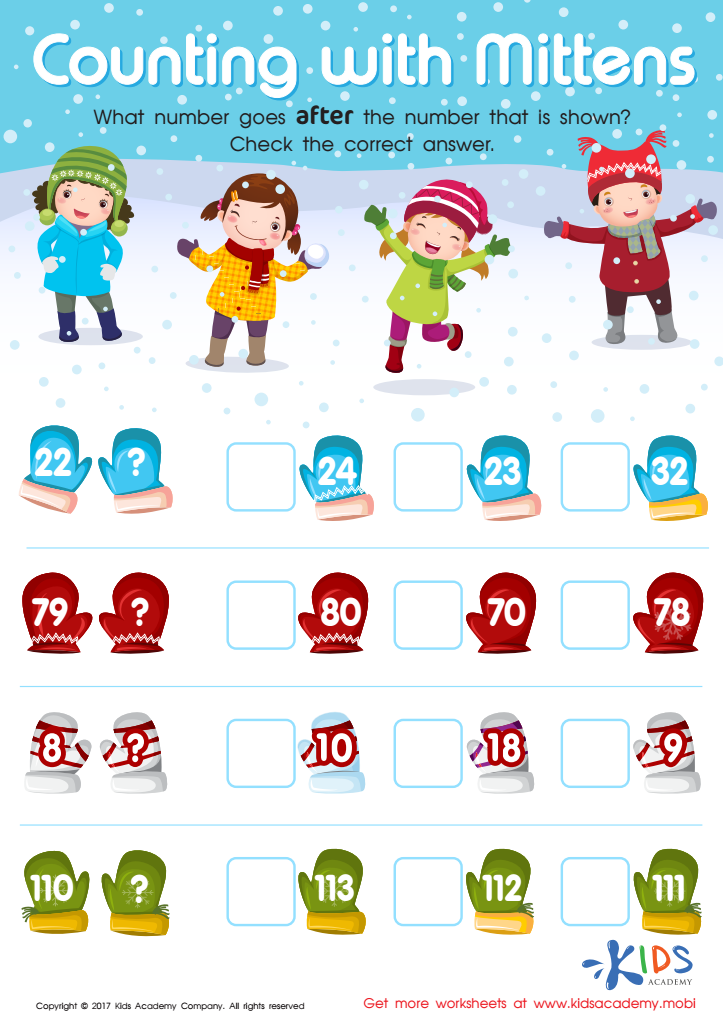

Counting with Mittens Worksheet
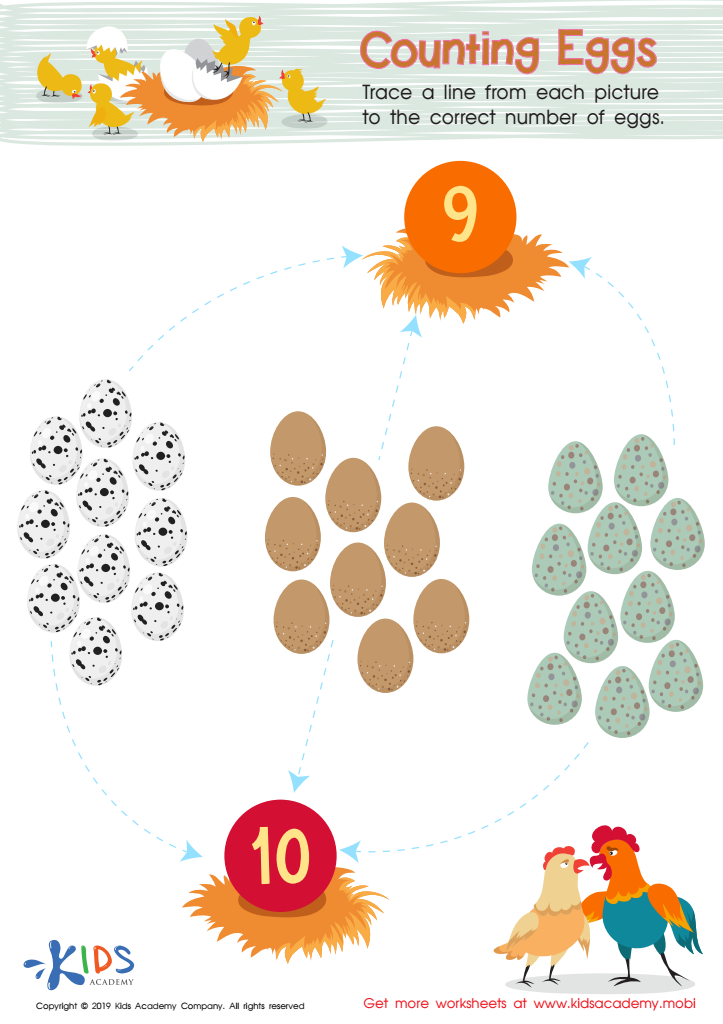

Counting Eggs Worksheet


6 Parrots Worksheet
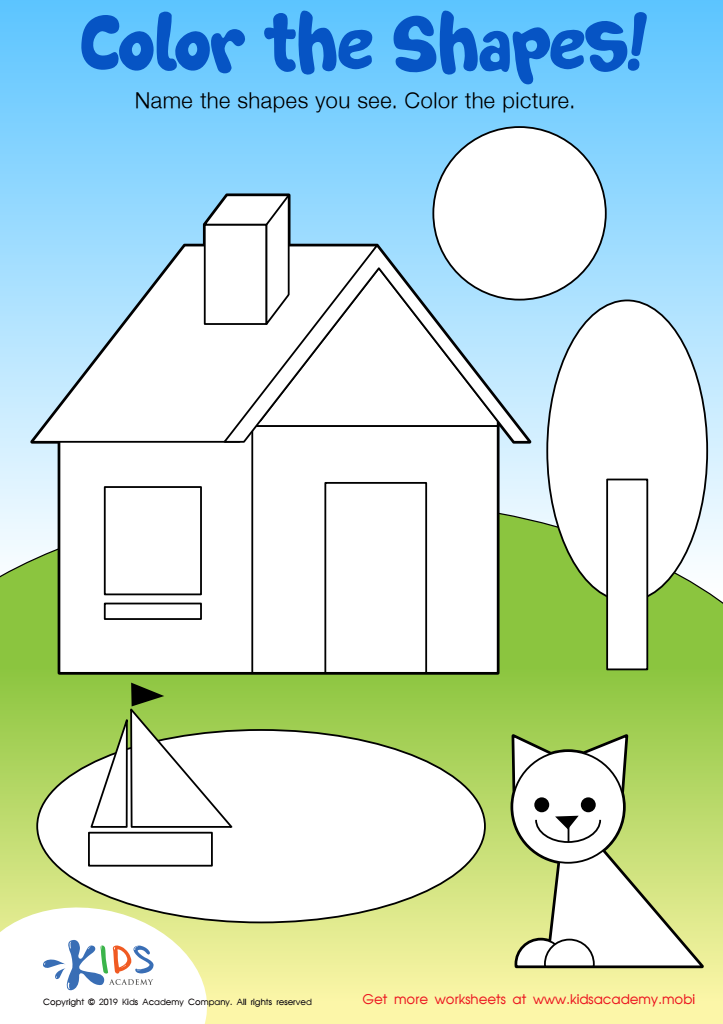

Color the Shapes Worksheet
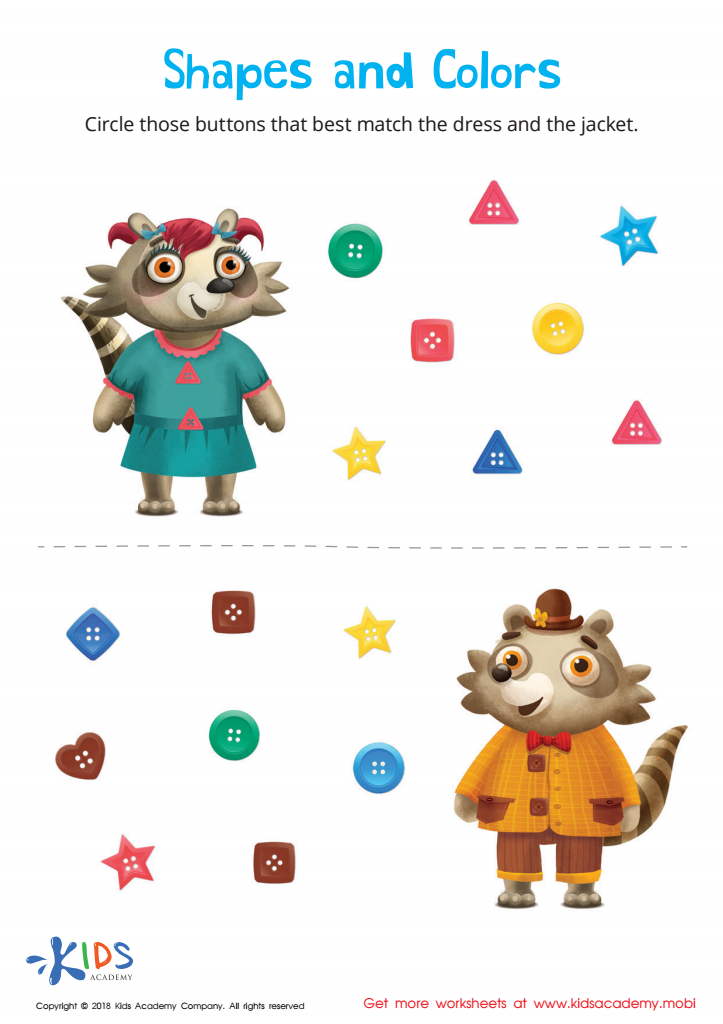

Shapes and Colors Worksheet
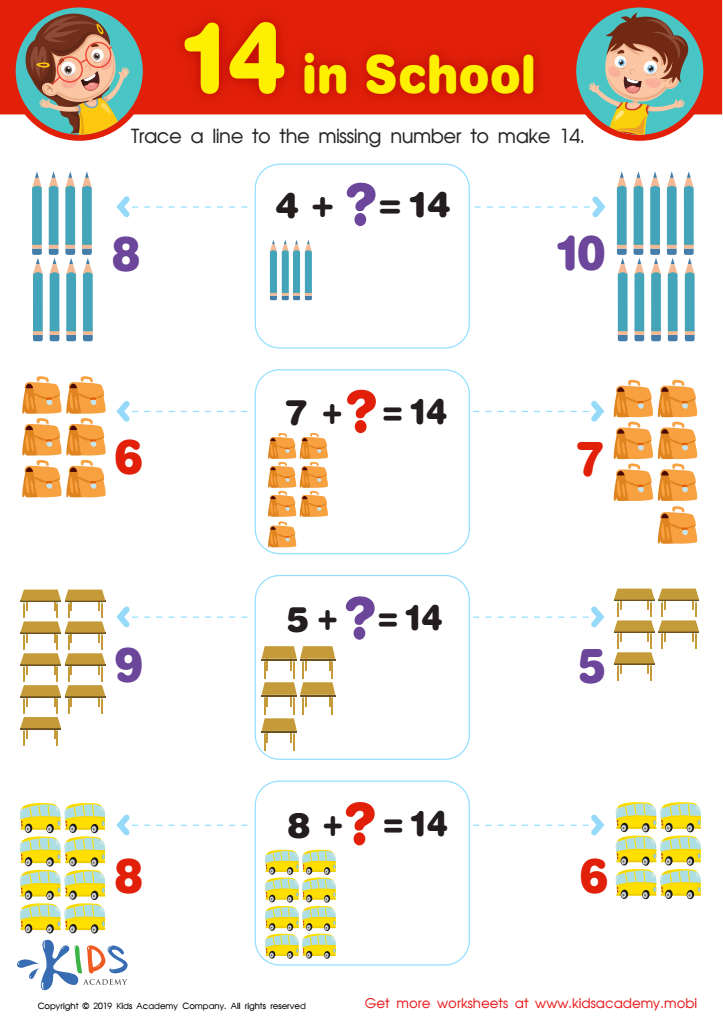

14 in School Worksheet
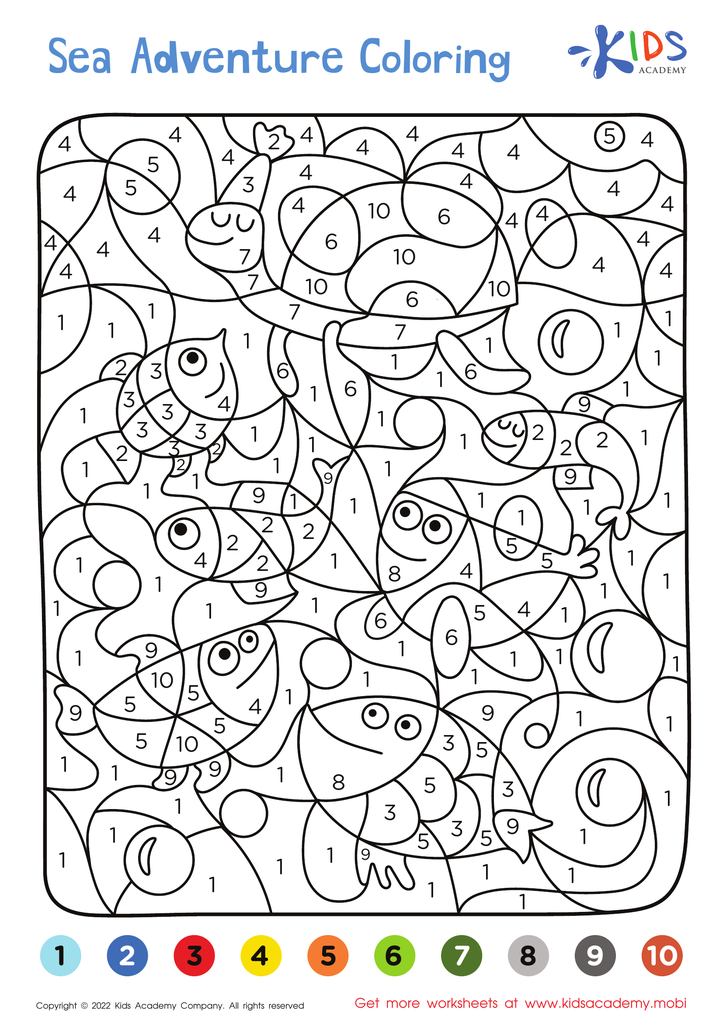

Sea Adventure – Coloring by Numbers
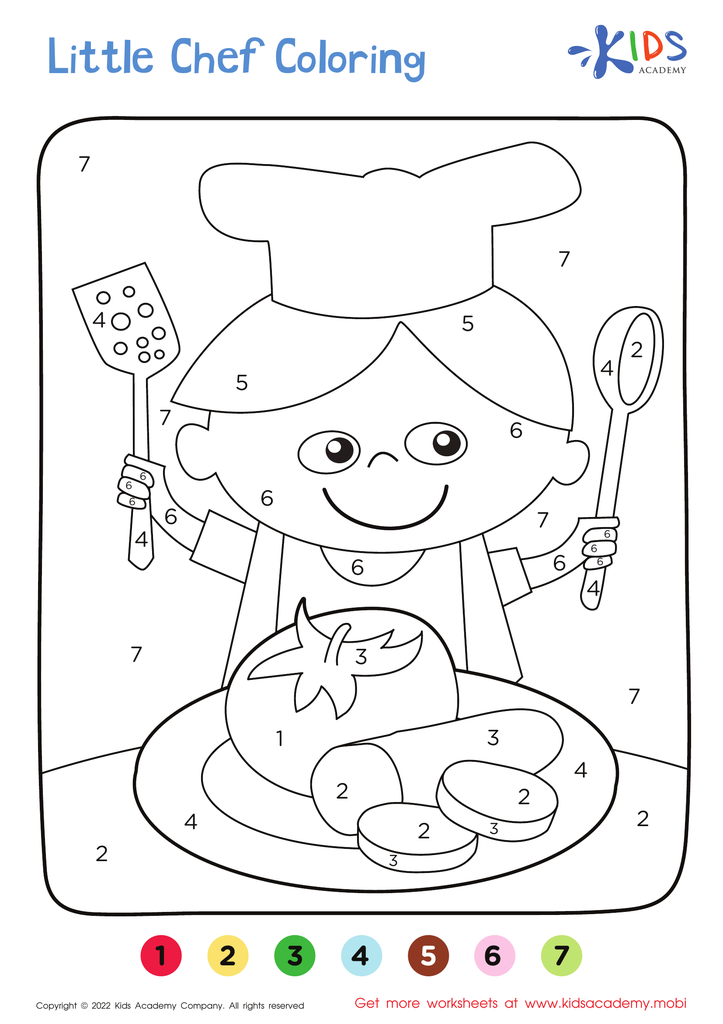

Little Chef – Coloring by Numbers
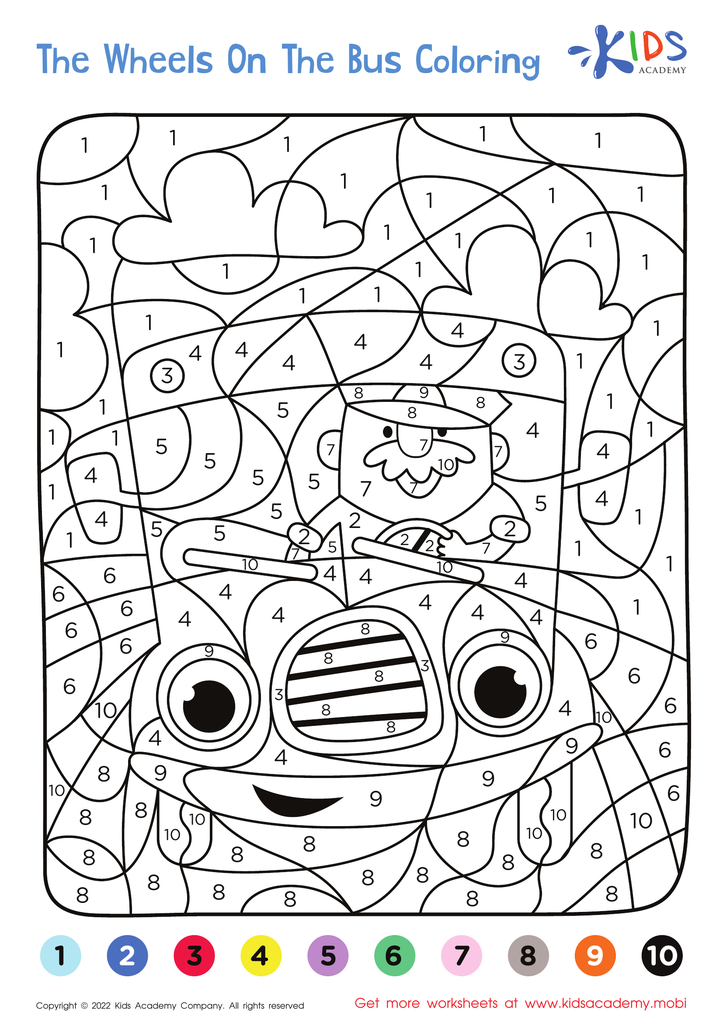

Wheels on the Bus – Coloring by Numbers
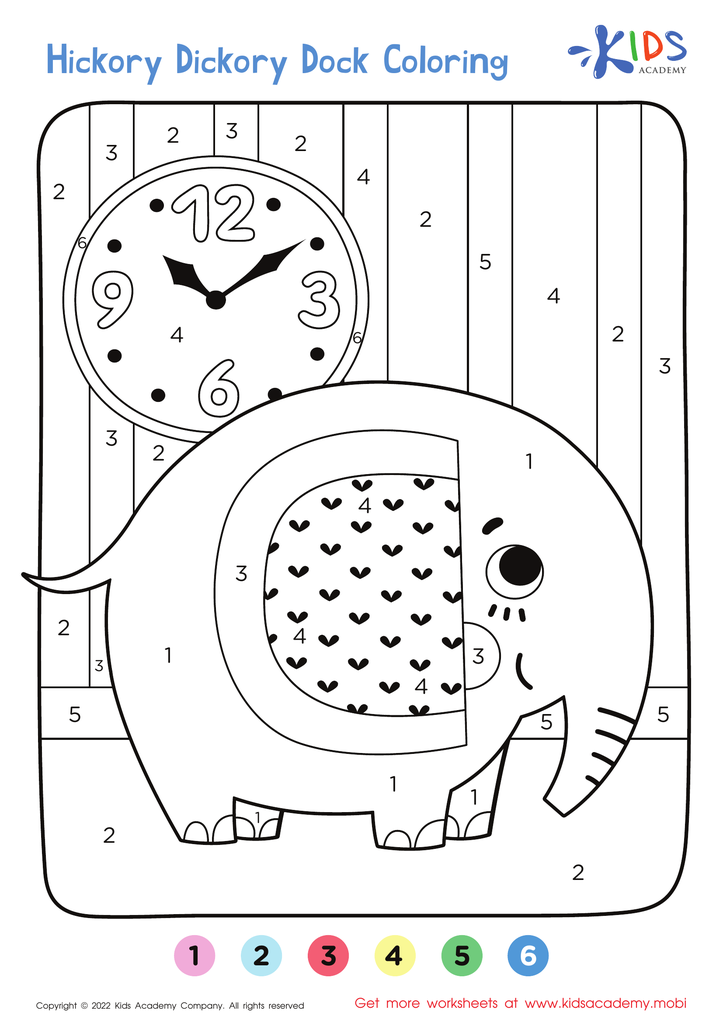

Hickory Dickory Dock – Coloring by Numbers
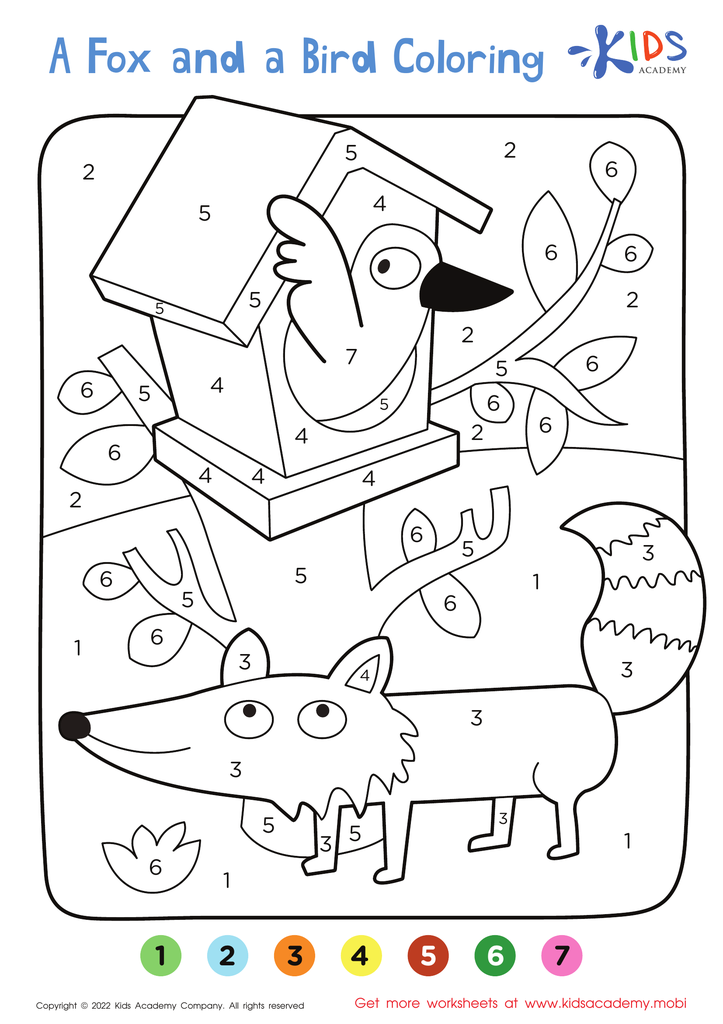

A Fox and a Bird – Coloring by Numbers
Color identification plays a crucial role in early childhood education, particularly in mathematics for children aged 4-5. At this developmental stage, engaging in color identification fosters foundational skills that support mathematical understanding. Recognizing colors helps children categorize and group similar objects, teaching them the essential concept of classification, which is pivotal in mathematics.
Moreover, color identification aids in enhancing cognitive abilities, as it encourages observation and attention to detail. When children relate colors to objects, they are more likely to remember and utilize these concepts in more complex math tasks, such as counting and patterning. For example, sorting blocks by color can lead to an early understanding of sequences and groupings, basic skills necessary for addition and subtraction later on.
Additionally, color-based activities enhance children's language development, as they learn to express and describe their observations. This integration of colors with math also makes learning more engaging, promoting enthusiasm and motivation among young learners. Ultimately, fostering color identification in a structured way equips children with essential skills that serve as the building blocks for future mathematical success, making it a worthy focus for both parents and teachers.
 Assign to My Students
Assign to My Students

